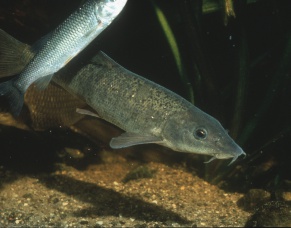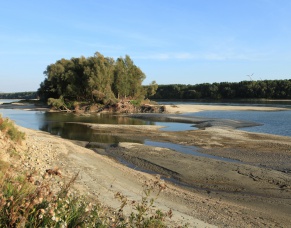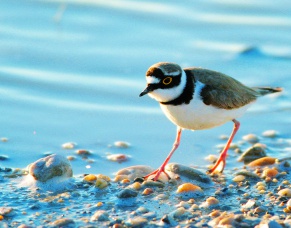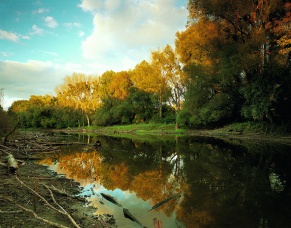Donau-Auen National Park
Where the blue Danube goes green
The Donau-Auen National Park, founded in 1996, lies between the European capitals Vienna and Bratislava. The construction of the hydroelectric facility planned for Hainburg was prevented. Instead, this stretch of the Danube was declared a National Park. With over 9,300 hectares area, the park protects the last remaining major wetland environment in Central Europe. For a distance of just over 36 km, the Danube flows freely and is the lifeline of the national park.
Here, one can still feel the unbridled energy of the great river which once had the power to form the surrounding landscape. Flood waters create and re-create the wetlands, forming new bodies of water, carrying away the earth along with the trees and plants rooted in it, bringing forth new, bare spaces. Once the water recedes, these bare spaces are soon covered in new growth – a constant state of flux. But only when the Danube can flow freely, as it does in these reaches, can its workings prevail.
“Alpine stream" best describes the character of the Danube as it flows through Austria. The average height of fall is 40 cm per kilometer and the velocity of flow is 1 to 3 meters per second. Snowmelt from the mountains causes high water levels from late spring to mid-summer; high water levels caused by precipitation may occur throughout the year. For wildlife and vegetation, the Danube valley is a migratory path along the east-west axis. The water quality of the Danube in the national park is currently classified as quality class II.
Yet even here, the river has been impacted by human intervention. The main regulation project forced the Danube, once a river of many branches, into a fixed bed, and cut off many of the side arms. Long stretches of banks were fortified by hard concrete and stone. As an international waterway, the Danube was also optimized for navigation with edifices and the formation of a shipping canal. Many of these interventions have now been undone, step by step. Innovative water engineering measures such as reconnecting side arms to the river and removing hard, built-up banks are being utilized to re-establish more natural conditions.
The river and its banks provide the ideal habitat for rare fish species which thrive in the currents and numerous water fowl which prefer gravel environments for breeding, such as the Common Sandpiper and the Little Ringed Plover, but also the White-tailed Eagle. Diverse pioneer plants and willows grow on the gravel banks.
The most ecologically rich places on the Danube are at the mouths of river branches, on riverbanks in their natural state, and in shallow water zones.





